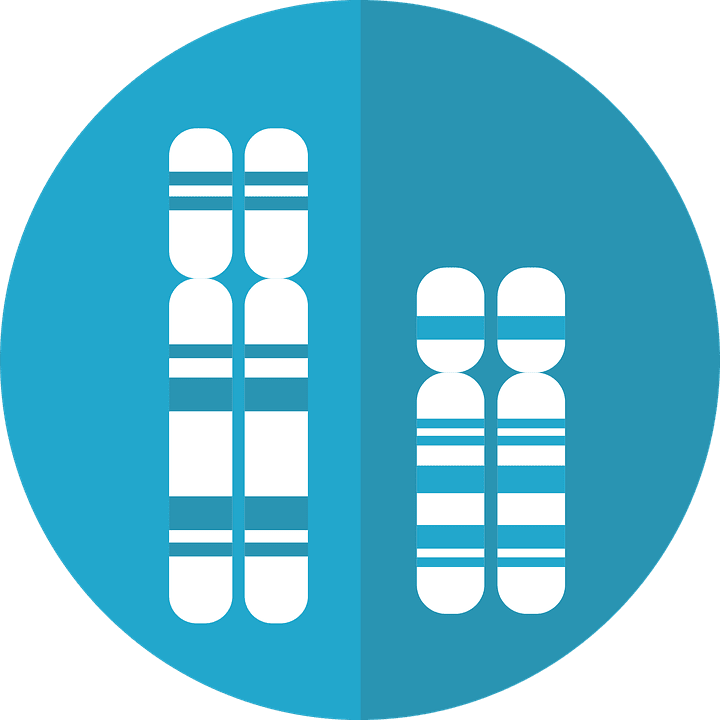Last week the Biotechnology Innovation Organization released a letter to the FDA, commenting on the latter’s draft of a document that proposes a new set of guidelines for the treatment of patients with rare diseases with a technique called gene therapy. You can read the BIO’s full letter, with specific proposed changes, here.
The Biotechnology Innovation Organization
The BIO is the largest biotechnology trade association in the world. Its members represent the interests of universities and other academic institutions, biotechnology companies, state medical centers, and more.
The group has reported spending a average of $8,190,000 a year hiring various lobbying firms to represent the special interests of the group. In the past they’ve lobbied for increased development of algae-derived biofuels, genetically modified crops, and strong intellectual property rights. The group has also lobbied before to make changes to the tax code that would supposedly promote small businesses.
Gene Therapy
Gene therapy is still experimental, but has shown promising results in treating a number of diseases, especially those genetically inherited.
Put simply, it involves the substitution of an unhealthy or defective gene in an individual with a normally functioning copy. The treatment does have its dangers, but physicians are optimistic that with more research safety will improve.
Proposed Changes to FDA Gene Therapy Guidelines
In July the FDA released their proposed guidelines for the nascent gene therapy industry for public comment. You can read that document here.
The BIO was receptive to the FDA’s outline, though they offered several suggestions on how the guidelines could be improved before being implemented.
The group seemed primarily concerned with securing researchers greater leeway in how they conduct their studies. The BIO argued that through overly-specific language, the FDA could smother gene therapy research with non-needed restrictions.
For example, in their proposal the FDA states that randomized, concurrent-controlled trials should be used in gene therapy research. While this standard is the ideal in normal clinical research, the BIO argued that it is nearly impossible in treating those with rare diseases. These special cases often require “alternative clinical trial designs” not outlined in the proposed guidelines.
While some of the language of the proposal was too specific for the BIO, some was too vague. In their drafted guidelines, the FDA stated that a well-controlled manufacturing process was required by sponsors of proposed gene therapy treatments. The BIO commented that the FDA must include more detail as to what constitutes a well-controlled manufacturing process.
An Open Medical Dialogue
Before the Food and Drug Administration moves forward with their finalized guidelines on gene therapy treatment, they will collect and consider the comments of various individuals and groups just like the BIO. These comments might just make it into the research guidelines in an infant industry.
Whether the FDA heeds all the specific recommendations made by the group or not, the exchange of letters is an encouraging reminder that medicine is a continuous dialogue, and not a unilateral decree made from the top.
Have you or someone you know considered gene therapy? Should the FDA’s language be more specific or less? Share your side with the Patient Worthy community!






